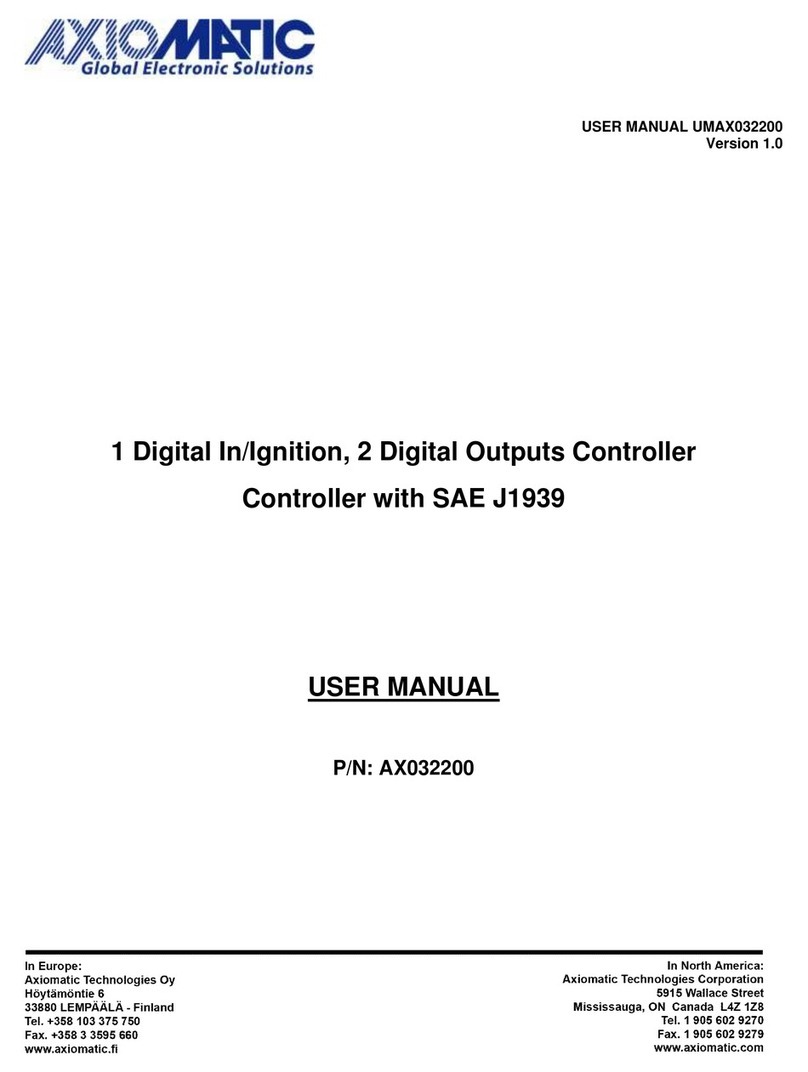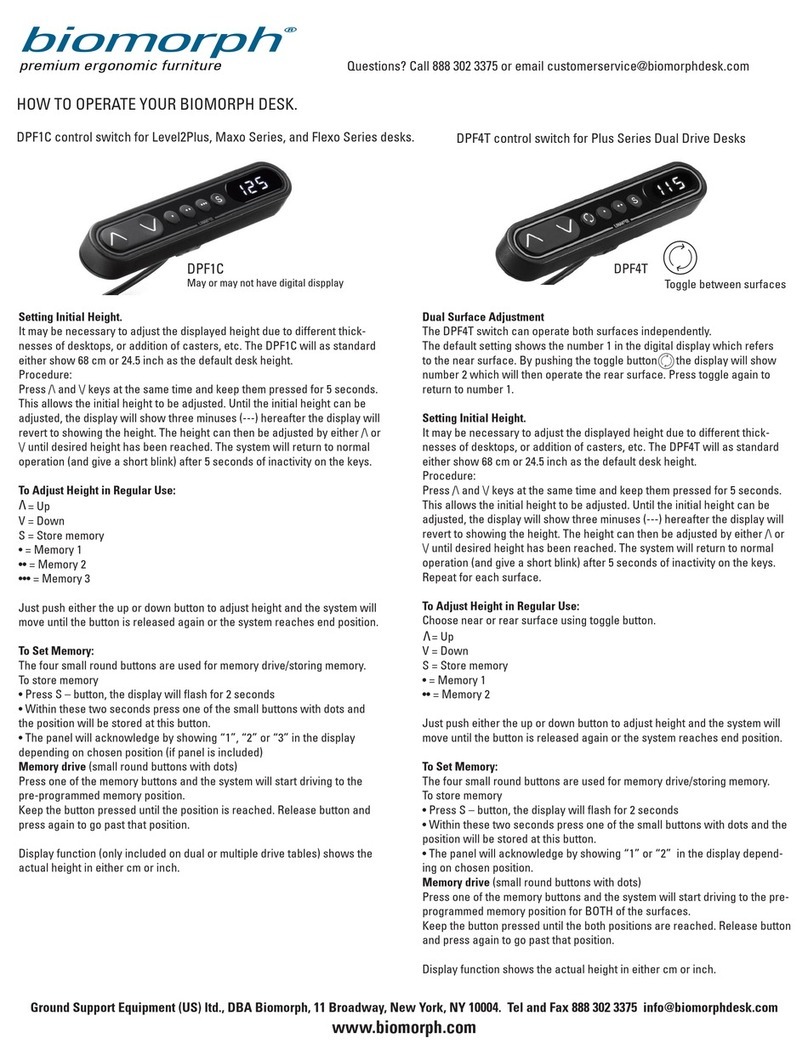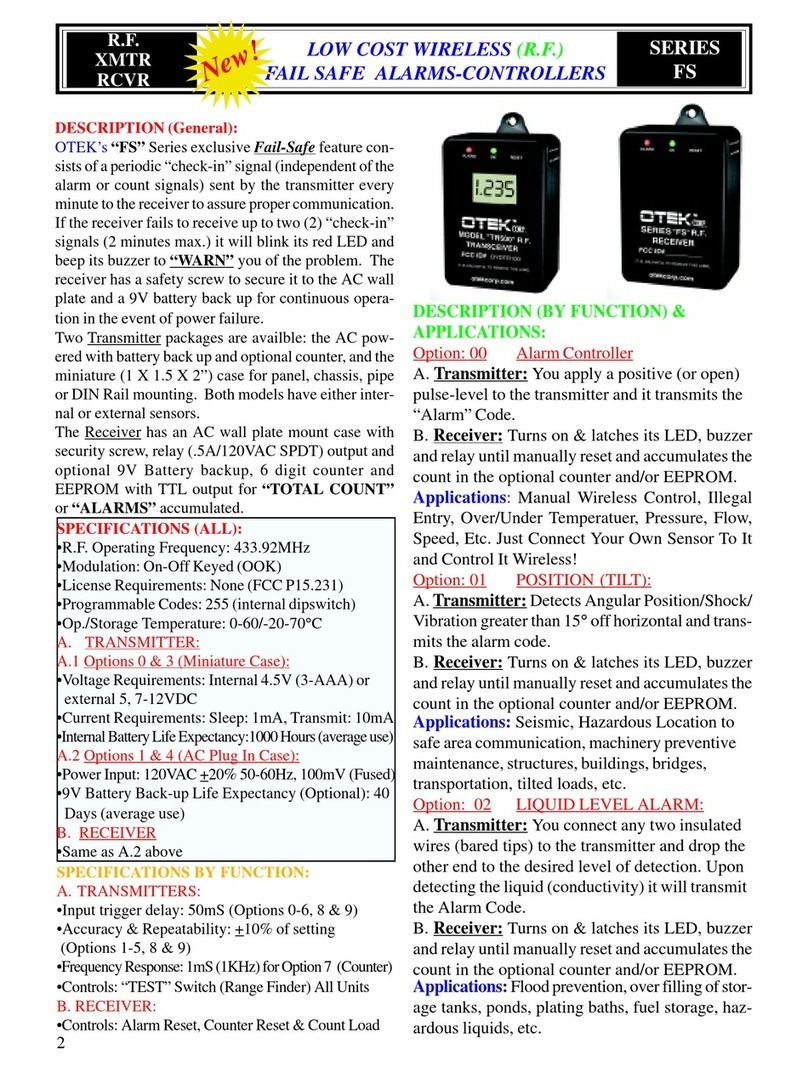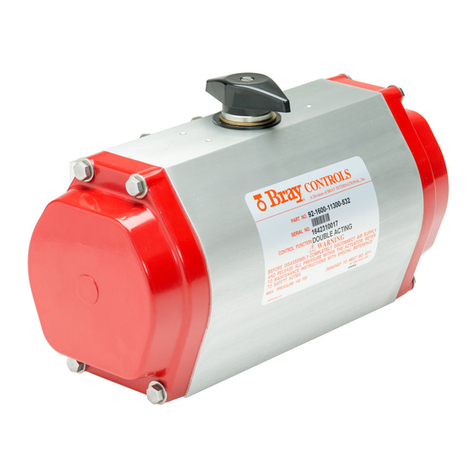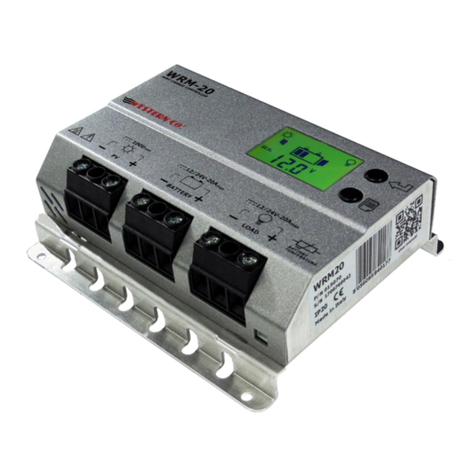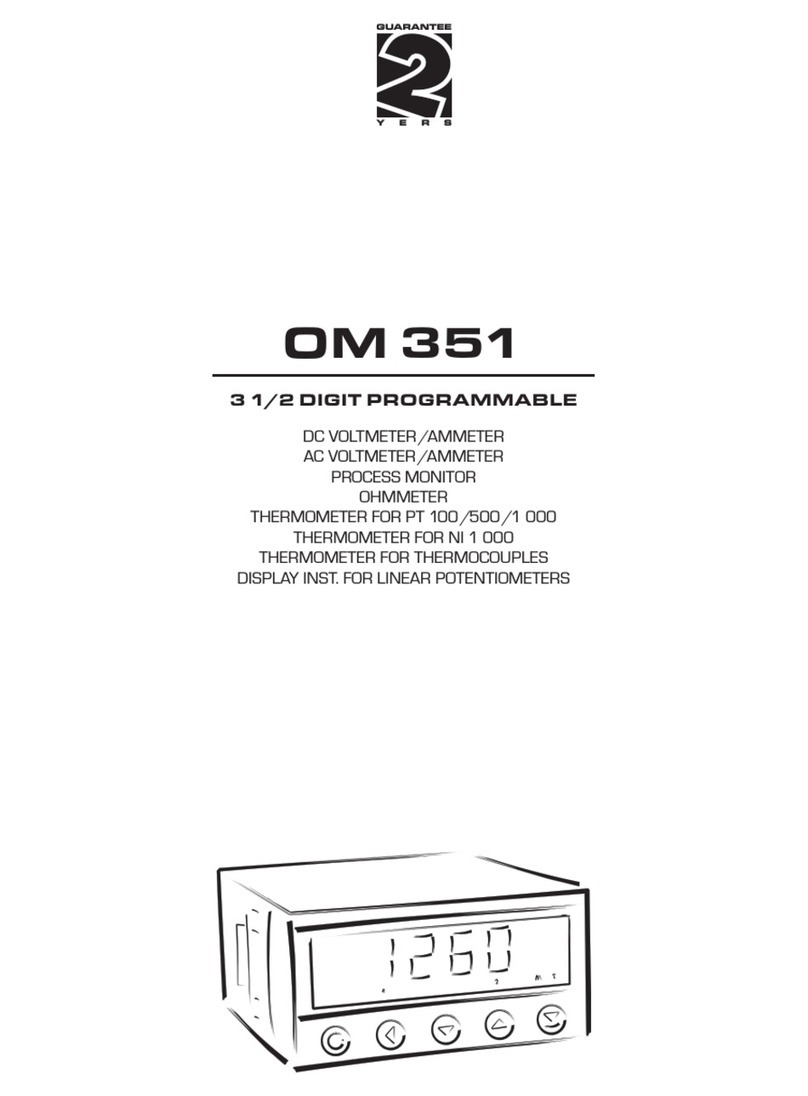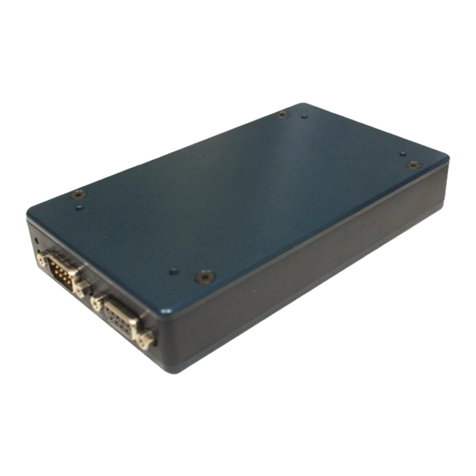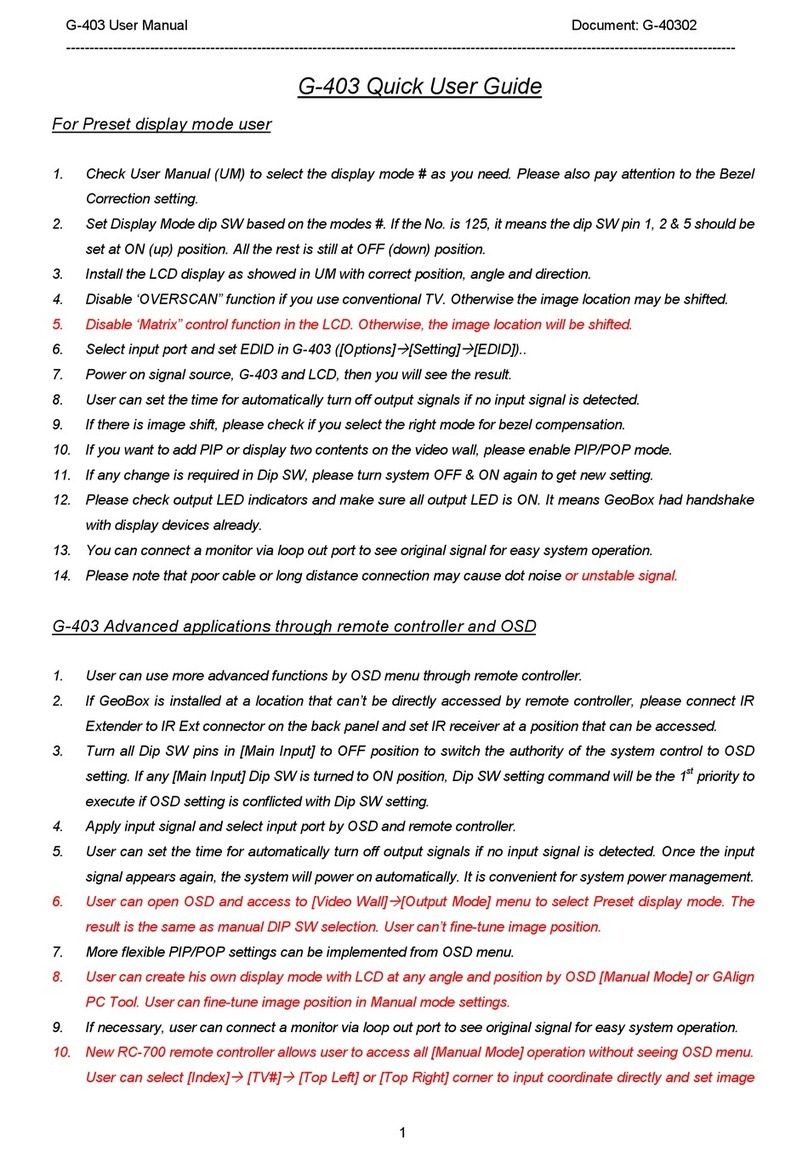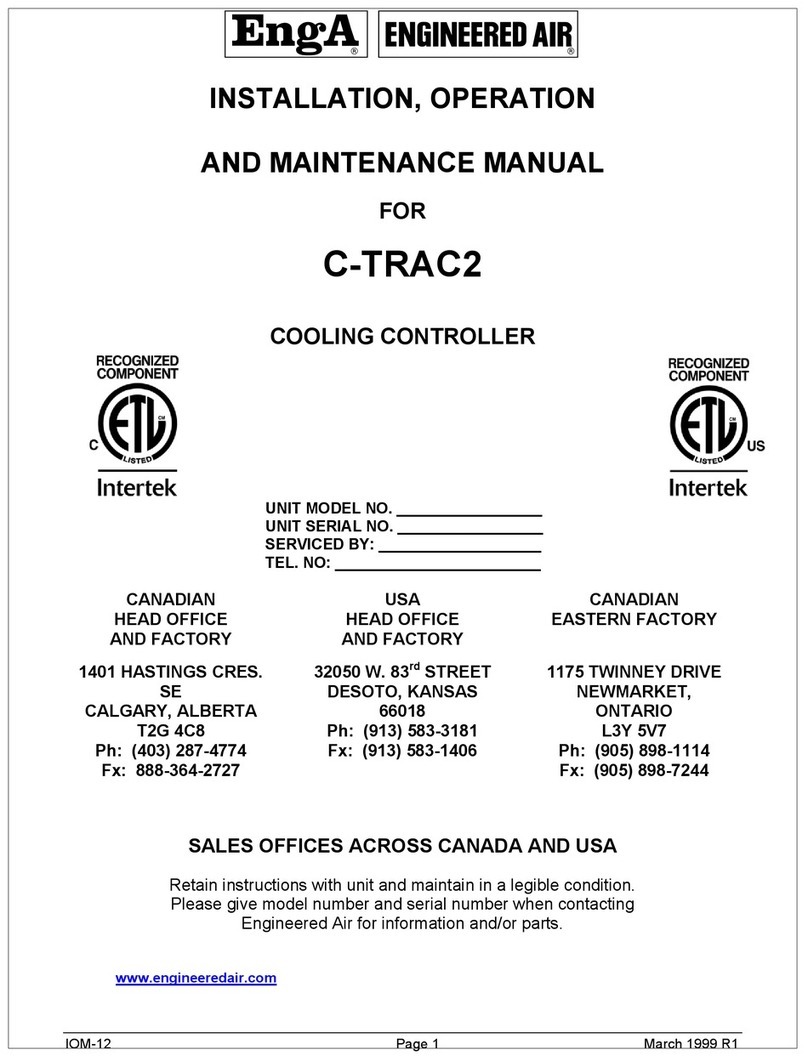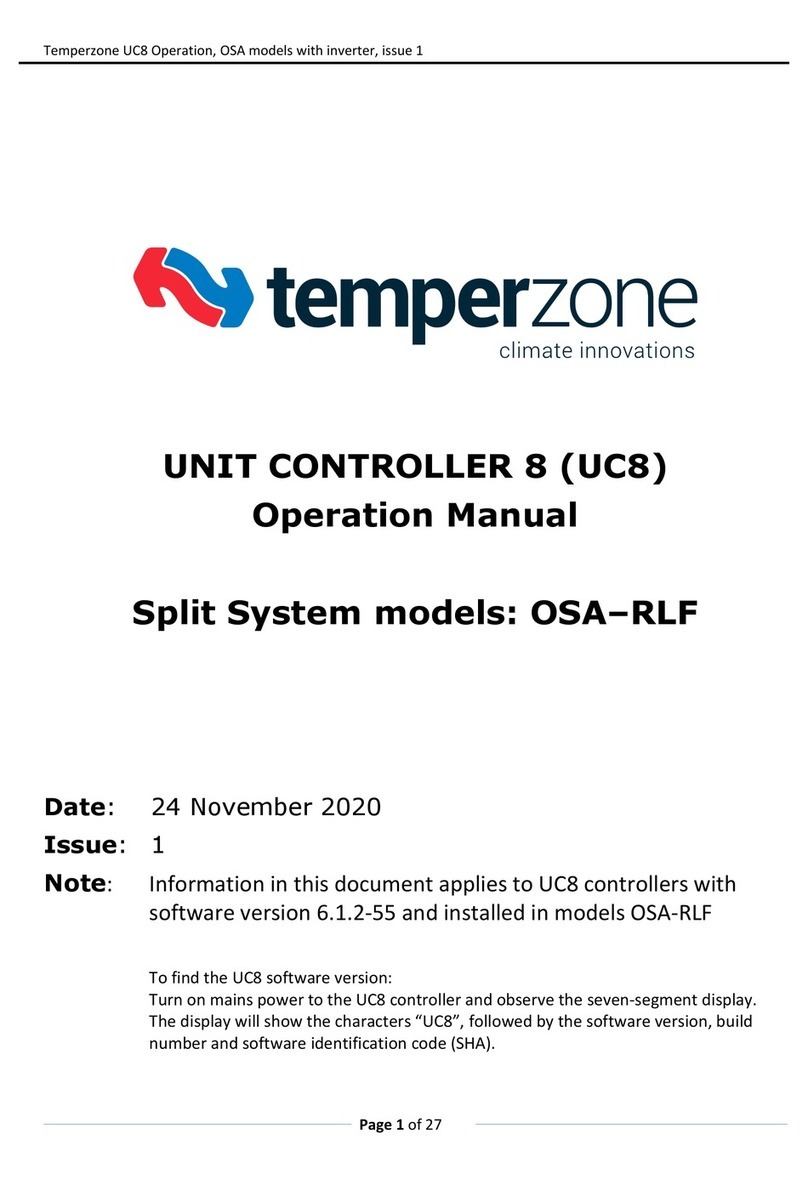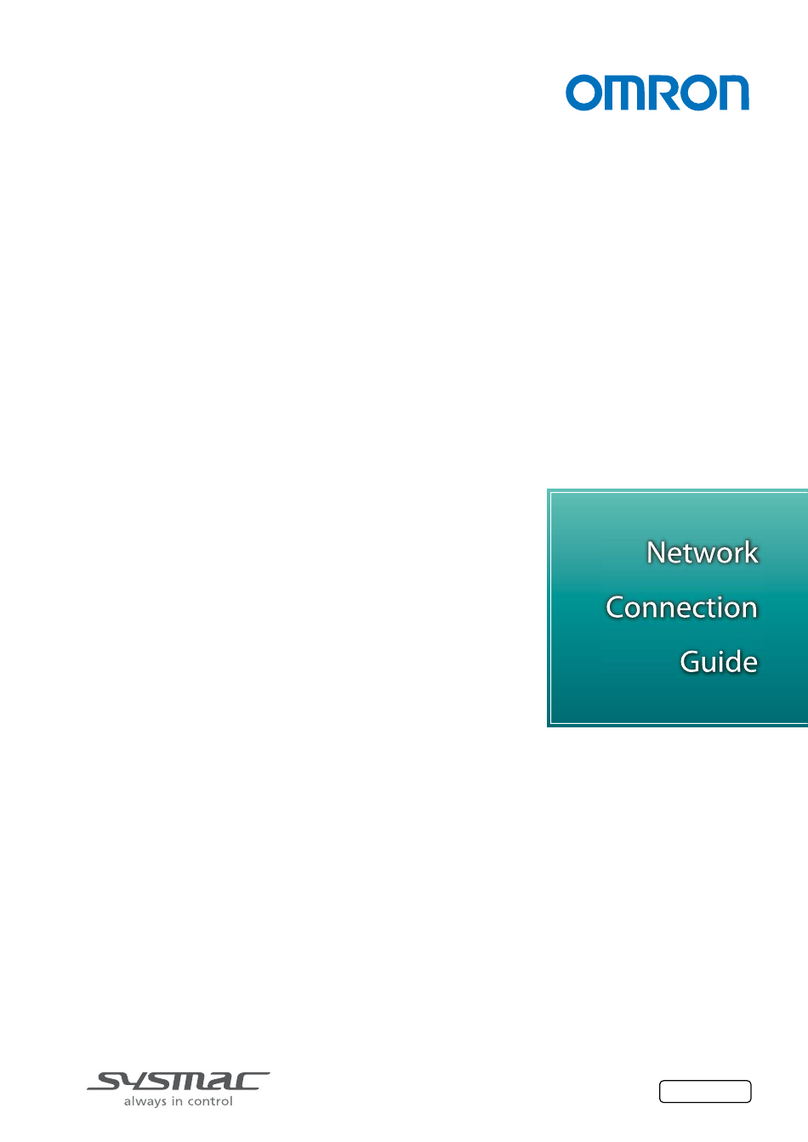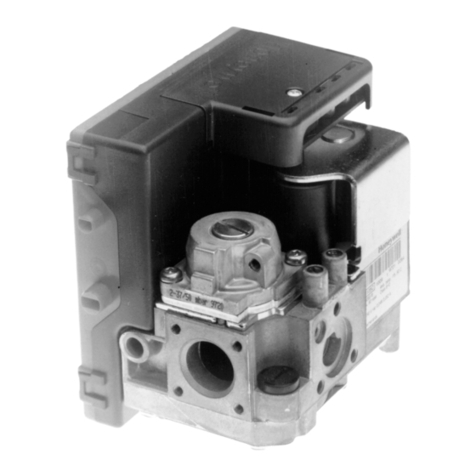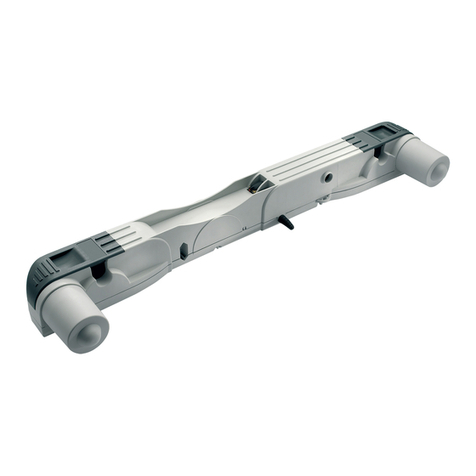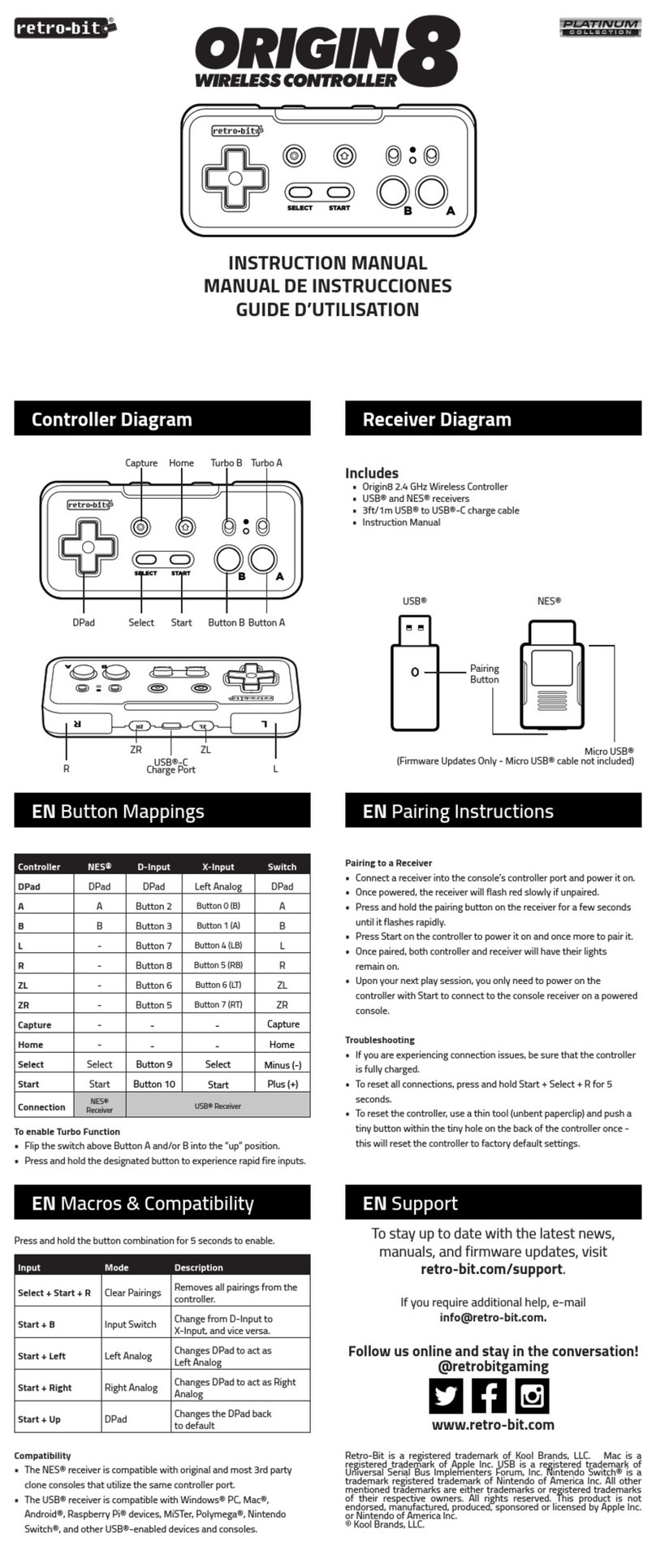Circutor CDP Supplement

Connection and configuration of a
CDP with Fronius MB inverters
APPLICATION NOTES
(M028E0601-03-19A)

CDP
2Application notes

CDP
Application notes 3
SAFETY PRECAUTIONS
Follow the warnings described in this manual with the symbols shown below.
DANGER
Warns of a risk, which could result in personal injury or material damage.
ATTENTION
Indicates that special attention should be paid to a specific point.
If you must handle the unit for its installation, start-up or maintenance, the follow-
ing should be taken into consideration:
Incorrect handling or installation of the unit may result in injury to personnel as well
as damage to the unit. In particular, handling with voltage applied may result in elec-
tric shock, which may cause death or serious injury to personnel. Defective installa-
tion or maintenance may also lead to the risk of fire.
Carefully read the manual prior to connecting the unit. Follow all installation and
maintenance instructions throughout the unit's working life. Pay special attention to
the installation standards of the National Electrical Code.
Consult the instruction manual before using the unit
In this manual, if the instructions marked with this symbol are not respected or fol-
lowed correctly, it can result in injury or damage to the unit and /or installations.
CIRCUTOR, SA reserves the right to modify features or the product manual without prior notification.
DISCLAIMER
CIRCUTOR, SA reserves the right to make modifications to the device or the
unit specifications set out in this instruction manual without prior notice.
CIRCUTOR, SA, on its web site, supplies its customers with the latest versions
of the device specifications and the most updated manuals.
www.circutor.com

CDP
4Application notes
CONTENTS
SAFETY PRECAUTIONS.................................................................................................................... 3
DISCLAIMER........................................................................................................................................ 3
CONTENTS .......................................................................................................................................... 4
LOG OF REVISIONS ........................................................................................................................... 5
1.- INTRODUCTION............................................................................................................................. 6
2.- FRONIUS GALVO, PRIMO, SYMO AND ECO INVERTER WITH WLAN ................................. 7
2.1.-COMMUNICATION CABLE ..........................................................................................................7
2.1.1. INVERTER CONNECTION ...................................................................................................8
2.1.2. CONNECTION OF SEVERAL INVERTERS .......................................................................9
2.2.-INVERTER COMMUNICATION CONFIGURATION ...............................................................10
2.2.1. PERIPHERAL NUMBER CONFIGURATION....................................................................10
2.2.2 PROTOCOL TYPE CONFIGURATION...............................................................................11
3.- FRONIUS IG PLUS INVERTER WITH MODBUS CARD.......................................................... 12
3.1.-COMMUNICATION CABLE ........................................................................................................12
3.1.1. INVERTER CONNECTION .................................................................................................12
3.1.2. CONNECTION OF SEVERAL INVERTERS .....................................................................13
3.2.-INVERTER COMMUNICATION CONFIGURATION ...............................................................14
4.- CDP CONFIGURATION ............................................................................................................... 20
5.- COMMUNICATIONS TEST AND REGULATION....................................................................... 22
5.1.-COMMUNICATIONS TEST ........................................................................................................22
5.2.-REGULATION TEST....................................................................................................................23
6.- MAINTENANCE AND TECHNICAL SERVICE .......................................................................... 24
7.- GUARANTEE................................................................................................................................ 24

CDP
Application notes 5
LOG OF REVISIONS
Table 1: Log of revisions.
Date
Revision
Description
03/15
M028E0601-03-15A
Original version
09/15 M028E0601-03-15B
Changes in the following sections:
2.- 2.1.2. – 3.1.- 3.1.2.- 4.1.2.
10/15 M028E0601-03-15C
Changes in the following sections:
1. – 2.1. – 3.1. – 4.1. – 4.2.1.- 5 – 6
11/15 M028E0601-03-15D
Changes in the following sections:
2.2.1. – 3.2. – 6.2.1.
03/16 M028E0601-03-16A
Changes in the following sections:
2.2.1. – 3.2. –4.2.1.- 5.2.1.- 6.2.1.
05/19 M028E0601-03-19A
Changes in the following sections:
1– 2.
Note:The images of the units are solely for the purpose of illustration and may differ
from the original unit.

CDP
6Application notes
1.- INTRODUCTION
Fronius offers several inverter models that can be managed via the CDP Dynamic
power controller.
For the CDP controller to be able to correctly manage the inverter, communication
between the two devices must be correct and both products must be correctly
programmed.
These application notes are not meant as a substitute for the CDP
or
inverter manuals, but ra
ther as additional support for individuals who
need to interconnect the two devices.
However, the guides and manuals of each product are the documents to be
consulted and each company will provide the respective technical assistance.
In these application notes, we will work with five different Fronius models:
1. Fronius Galvo WLAN (single-phase)
2. Fronius IG Plus with MODBUS CARD (single-phase or three-phase)
3. Fronius Symo WLAN (three-phase)
4. Fronius ECO WLAN (three-phase)
5. Fronius Primo WLAN (single-phase)
The CDP stores the nominal power value of the inverter to be controlled in its
configuration and periodically sends the inverter the percentage of said power to
be generated. Consequently, when the CDP communicates with the Fronius
inverter it is constantly sending it a regulation percentage.
Some models do not accept a regulation that is less than 10% of the nominal
power, and thus if consumption is below this threshold the inverter will not inject
any power into the mains even during periods of maximum insolation.
Consequently, it is advisable to consult this data in the inverter manual in
order to clarify any doubts.

CDP
Application notes 7
2.- FRONIUS GALVO, PRIMO, SYMO AND ECO INVERTER WITH WLAN
Figure 1: Communications card integrated in the inverter.
Communication between the CDP and the inverter is done through the Fronius
integrated communications card via an RS-485 bus.
Note:This connection is as well valid for inverters with Data Manager Box 2.0
external card.
2.1.- COMMUNICATION CABLE
List of communication cable terminals between the CDP and the integrated
communications card of the Fronius inverter:
Table 2: List of communication cable terminals.
CDP
R2 channel
communications connector
Communications card
Terminal
Description
Terminal
1
A+
D+
3
B -
D-
5
GND
GND
The communications card has a final switch bus for communications between
CDP and the inverter which is located on the bottom of the antenna WLAN that
must be on “ON” position as shown in the Figure 2.

CDP
8Application notes
Figure 2: Final switch bus position.
2.1.1. INVERTER CONNECTION
Figure 3 shows the connection between the CDP and a single inverter.
Connect the end bus terminal to the IN and OUT terminals.
Figure 3: Connection between a CDP and a single Fronius inverter.
The master / slave selector must be in the Master position (Figure 4).
Figure 4: Master / Slave selector.

CDP
Application notes 9
2.1.2. CONNECTION OF SEVERAL INVERTERS
Figure 5 shows the connection between the CDP and several inverters.
Figure 5: Connection between a CDP and several Fronius inverters.
The master / slave selector must be in the Master position (Figure 4).
If there are several inverters, the communication cable connecting them must go
from the “OUT” terminal of the first inverter to the “IN” terminal of the next inverter.
The same holds for the remaining inverters until the last one is reached, which
must always have the bus end terminal on the "OUT" connector.
The communication cable between the inverters is a pin-to-pin cable with RJ45
connectors on both ends. This type of cable can be purchased at any computer
supply store as it is a common connector used for PCs and other devices with an
Ethernet port.
The bus end terminal must always be connected to the last inverter of the bus.
This terminal is an RJ45 connector that must always be connected to the ‘OUT’
terminal of the inverter.
Table 3: Bus end terminal
Connector PIN
RJ45
Description
of the signal
Description of the
connection
1
Power supply
2
GND
3 and 4
RxD+ / TxD+
Cross cables 3 and 4
5 and 6
TxD- / RxD-
Cross cables 5 and 6
7
GND
8
Power supply

CDP
10 Application notes
2.2.- INVERTER COMMUNICATION CONFIGURATION
The following describes how to use the display to configure the inverter for
ensuring correct communication with the CDP.
The AC side of the inverter must be connected to the mains before it can
turn on.
Consult the inverter manual if you have any doubts.
The parameters to be configured are:
Peripheral number
Protocol type
2.2.1. PERIPHERAL NUMBER CONFIGURATION.
Go to the following path to change the peripheral number of the inverter:
Config
DATCOM
Inverter number
Figure 6: Access to the setup menu.
Press ‘+’ and ‘-‘ to increase or lower the value.
Press the button to move through the digits and to confirm the programmed
value
If there is only 1 inverter, the peripheral number must be 01 (the default value is
01).
If there are several inverters in cascade, which can either be single-phase
connected to the same phase or three-phase connected to the same three-phase
AC mains (all connected to the same phase), they must have consecutive
numbers from 01.
If there are multiple sets of 3 single-phase inverters connected to a three-phase
network, with each occupying one phase, the configuration must be as follows:
- Inverters connected to phase 1: peripheral number between 01-33
- Inverters connected to phase 2: peripheral number between 34-66
- Inverters connected to phase 3: peripheral number between 67-99

CDP
Application notes 11
2.2.2 PROTOCOL TYPE CONFIGURATION
For correct communication between the CDPand the inverter, the inverter must
be set up with the SOLAR NET protocol.
Go to the following path to change the protocol of the inverter:
Config
DATCOM
Protocol type
1. Use the arrows to move until the SOLAR NET text appears.
2. Confirm the selection with the button, and the SOLAR NET text will flash.
3. Press the button again to validate the selection.
Enter the following menu path to ensure correct inverter programming:
Config
DATCOM
DATCOM Status
The display will show the following parameters:
Status: Solar Net
Baudrate: 9600
OkCnt: 0(1)
ErCnt: 0(2)
(1) Indicates the frames sent correctly between the CDP and the inverter.
(2) Indicates the frames sent incorrectly between the CDP and the inverter.

CDP
12 Application notes
3.- FRONIUS IG PLUS INVERTER WITH MODBUS CARD
The CDP and the inverter communicate via an RS-422 bus. This RS-422 bus can
connect up to 100 inverters, although the number of inverters in the vast majority
of domestic installations ranges from 1 to 3.
For data communication between inverters, each inverter must have a Com Card
communications card installed (this card is ordered as optional for the inverters).
3.1.- COMMUNICATION CABLE
List of communication cable terminals between the CDP and the inverter:
Table 4: List of communication cable terminals.
CDP
R2 channel communications
connector
INVERTER
Conector OUT (RJ45)
Terminal
Description
Terminal
Description
1
TxD+
3
RxD+
4
RxD+
4
TxD+
2
RxD -
5
TxD-
3
TxD -
6
RxD-
3.1.1. INVERTER CONNECTION
Figure 6 shows the connection between the CDP and a single inverter.
The communication cable must be connected to the inverter "OUT" terminal and
the bus end terminal must be connected to the "IN" terminal.
Figure 7: Connection between a CDP and a single Fronius IG Plus inverter.

CDP
Application notes 13
3.1.2. CONNECTION OF SEVERAL INVERTERS
Figure 7 shows the connection between the CDP and several inverters.
Figure 8: Connection between a CDP and several Fronius IG Plus inverters.
If there are several inverters, the communication cable connecting them must go
from the “IN” terminal of the first inverter to the “OUT” terminal of the next inverter.
The same holds for the remaining inverters until the last one is reached, which
must always have the bus end terminal on the "IN" connector.
The communication cable between the inverters is a pin-to-pin cable with RJ45
connectors on both ends. This type of cable can be purchased at any computer
supply store as it is a common connector used for PCs and other devices with an
Ethernet port.
The bus end terminal must always be connected to the last inverter of the RS-
422 communication bus. This terminal is an RJ45 connector that must always be
connected to the ‘IN’ terminal of the inverter.
Table 5: Bus end terminal
Connector PIN
RJ45
Description
of the signal
Description of the
connection
1
Power supply
2
GND
3 and 4
RxD+ / TxD+
Cross cables 3 and 4
5 and 6
TxD- / RxD-
Cross cables 5 and 6
7
GND
8
Power supply

CDP
14 Application notes
3.2.- INVERTER COMMUNICATION CONFIGURATION
Three parameters need to be changed in this type of inverter in order to obtain
correct communication between the CDP and the inverter.
Table 6: Configuration parameters for communication with the CDP.
Description
Value for communication
with the CDP
Peripheral number 00
Communications protocol DAT_COM
Communication speed 9600
If there are several inverters in cascade, which can either be single-phase
connected to the same phase or three-phase connected to the same three-phase
AC mains (all connected to the same phase), they must have consecutive
numbers from 01.
If there are multiple sets of 3 single-phase inverters connected to a three-phase
network, with each occupying one phase, the configuration must be as follows:
- Inverters connected to phase 1: peripheral number between 01-33
- Inverters connected to phase 2: peripheral number between 34-66
- Inverters connected to phase 3: peripheral number between 67-99
Part of the 42_0410_1564_168027_snapshot.pdf Fronius document is shown
below, in which the configuration process is explained.
(Documentation taken with the authorisation of Fronius).

CDP
Application notes 15

CDP
16 Application notes

CDP
Application notes 17

CDP
18 Application notes

CDP
Application notes 19

CDP
20 Application notes
4.- CDP CONFIGURATION
The CDP has a configuration web site where all the parameters of the connected
inverter have to be entered.
To do so, enter "/setup" at the end of the navigation bar where the CDP is
monitoring so that the following, for example, appears in the navigation bar:
“10.0.110.212/setup”
The CDP configuration window will then open ( Figure 9).
Figure 9: CDP configuration web site:
Table of contents
Other Circutor Controllers manuals
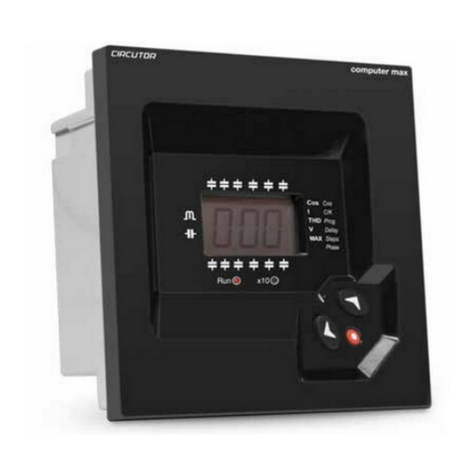
Circutor
Circutor computer MAX 6 User manual
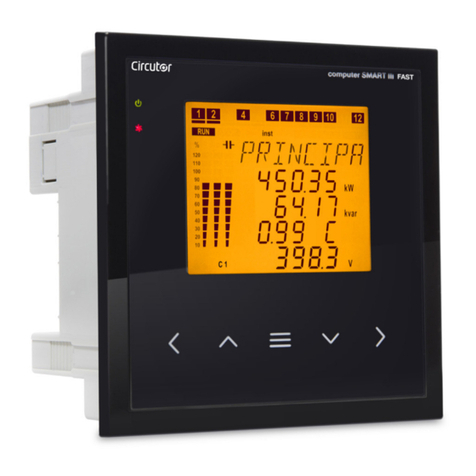
Circutor
Circutor Computer SMART III FAST 6 User manual
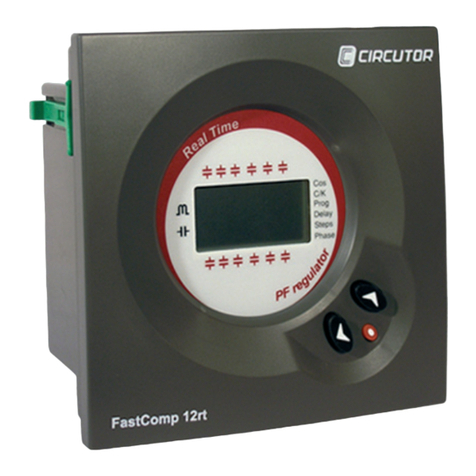
Circutor
Circutor FastComp 12rt User manual
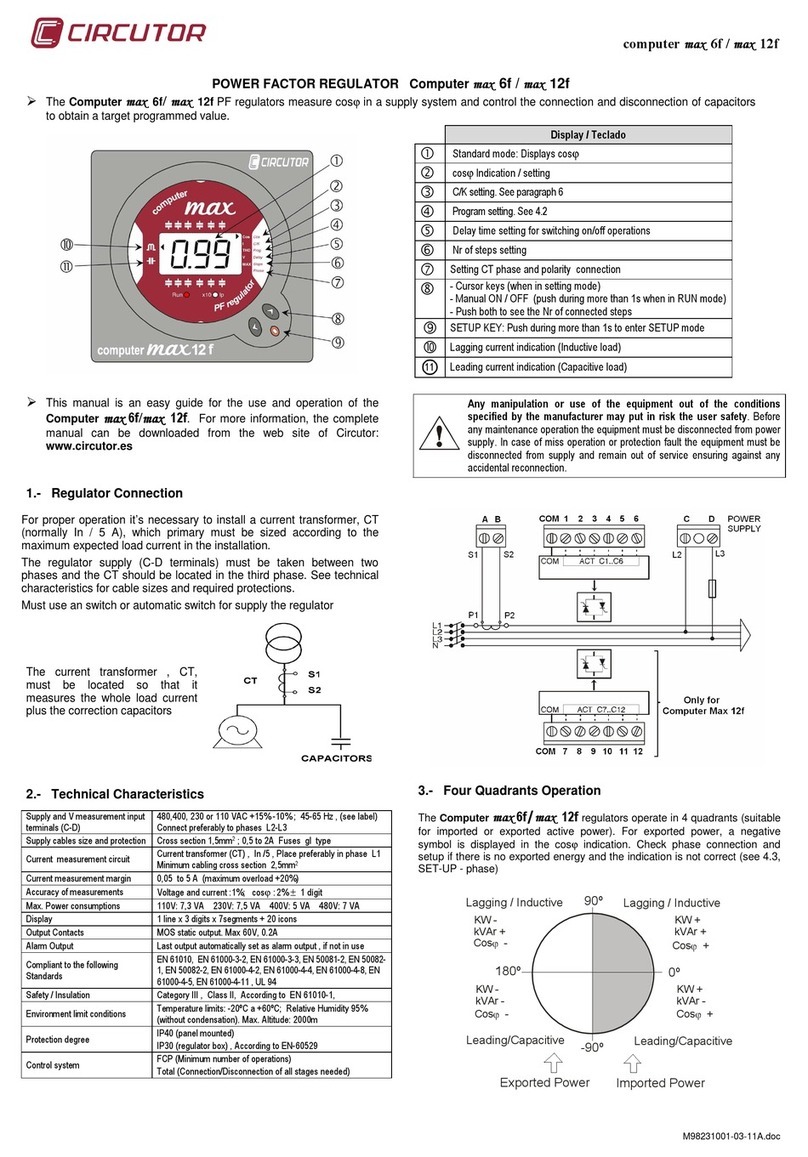
Circutor
Circutor max 12f User manual
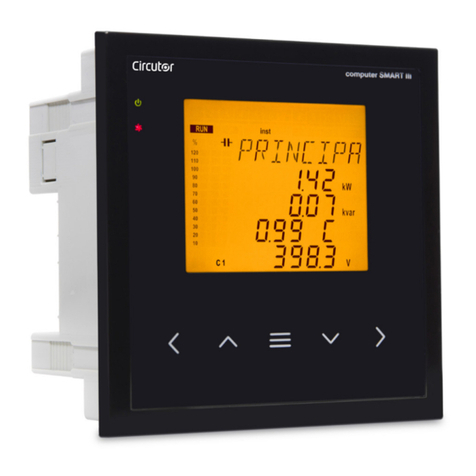
Circutor
Circutor Computer SMART III 6 User manual
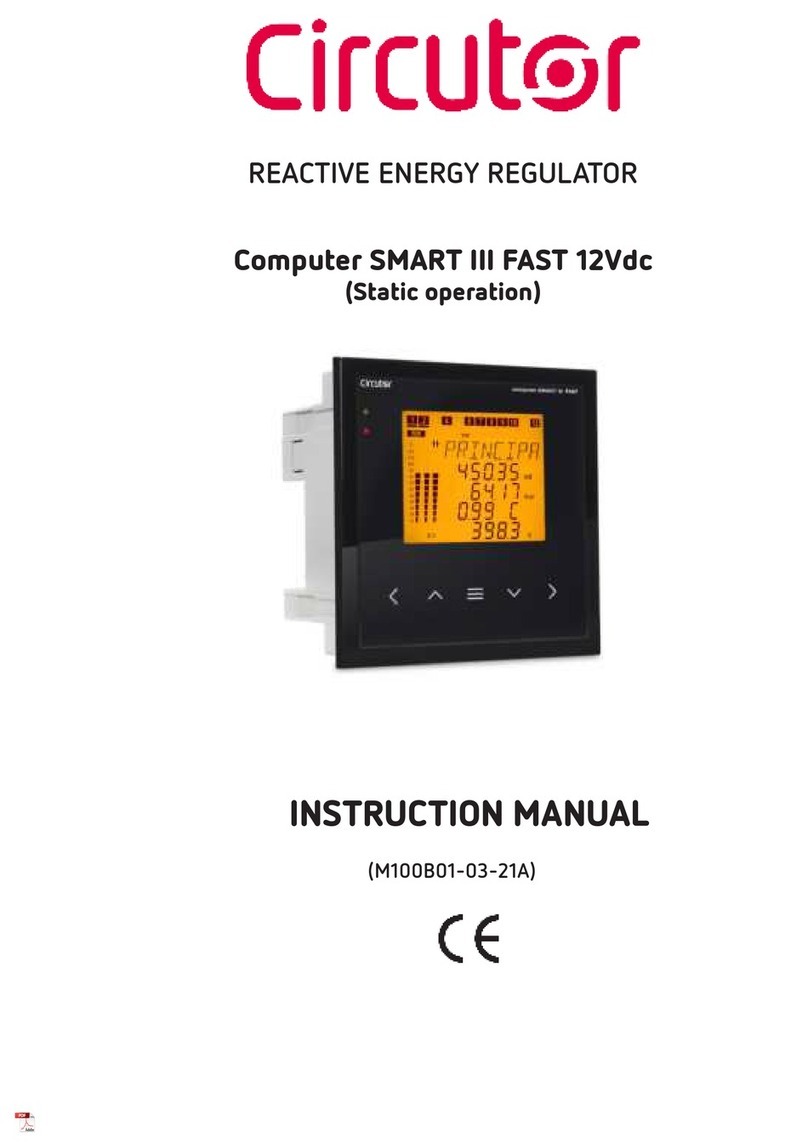
Circutor
Circutor Computer SMART III FAST 12Vdc User manual
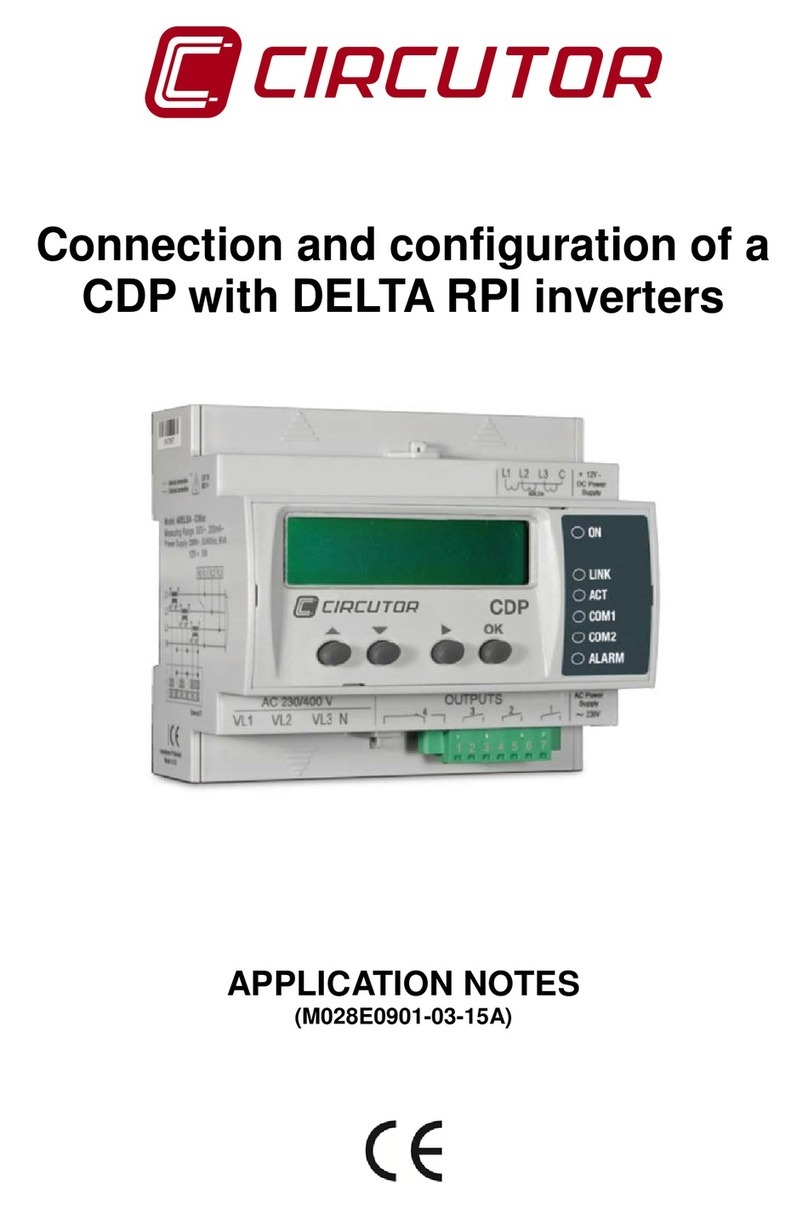
Circutor
Circutor CDP series Supplement
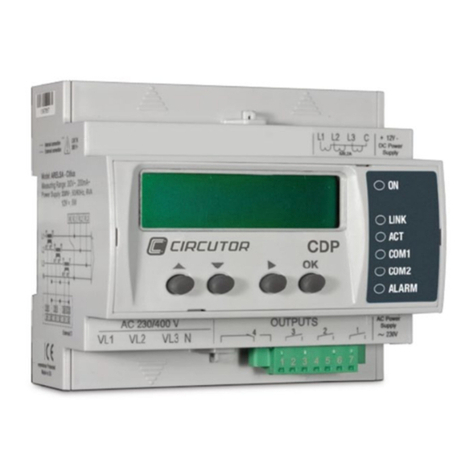
Circutor
Circutor CDP series Supplement

Circutor
Circutor CDP series Supplement
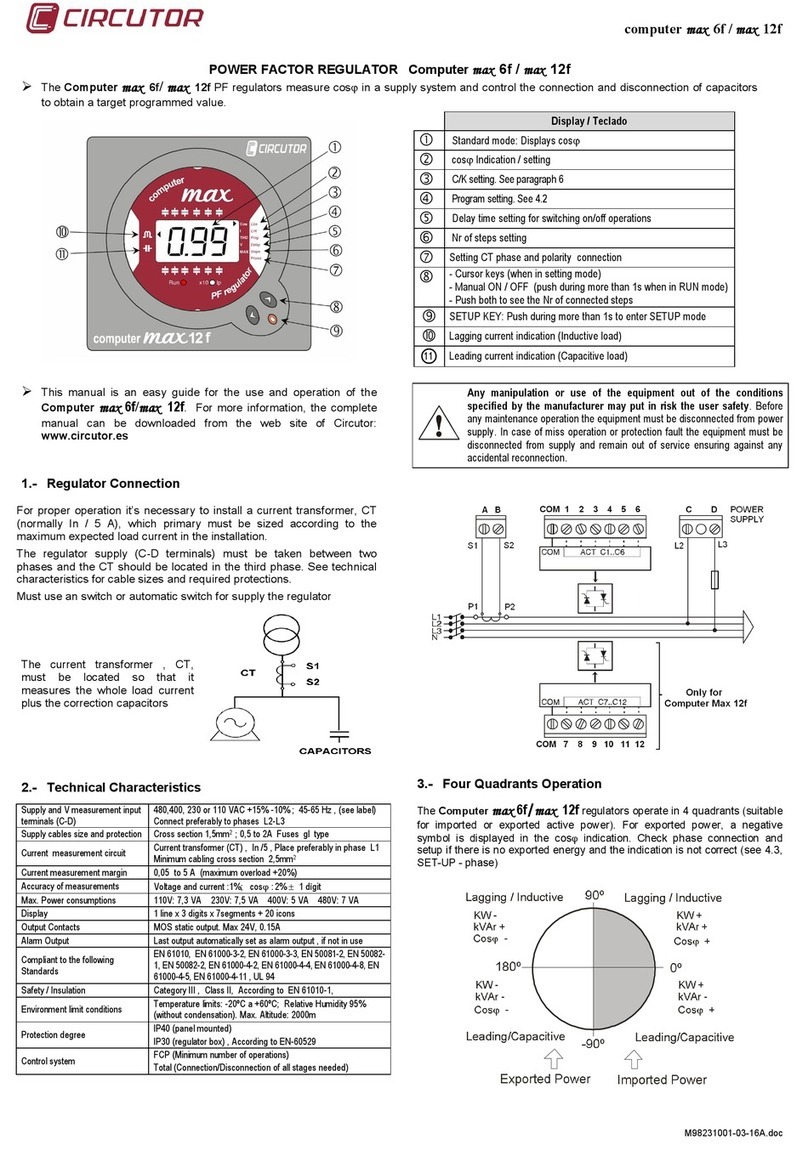
Circutor
Circutor computer max 6f User manual
